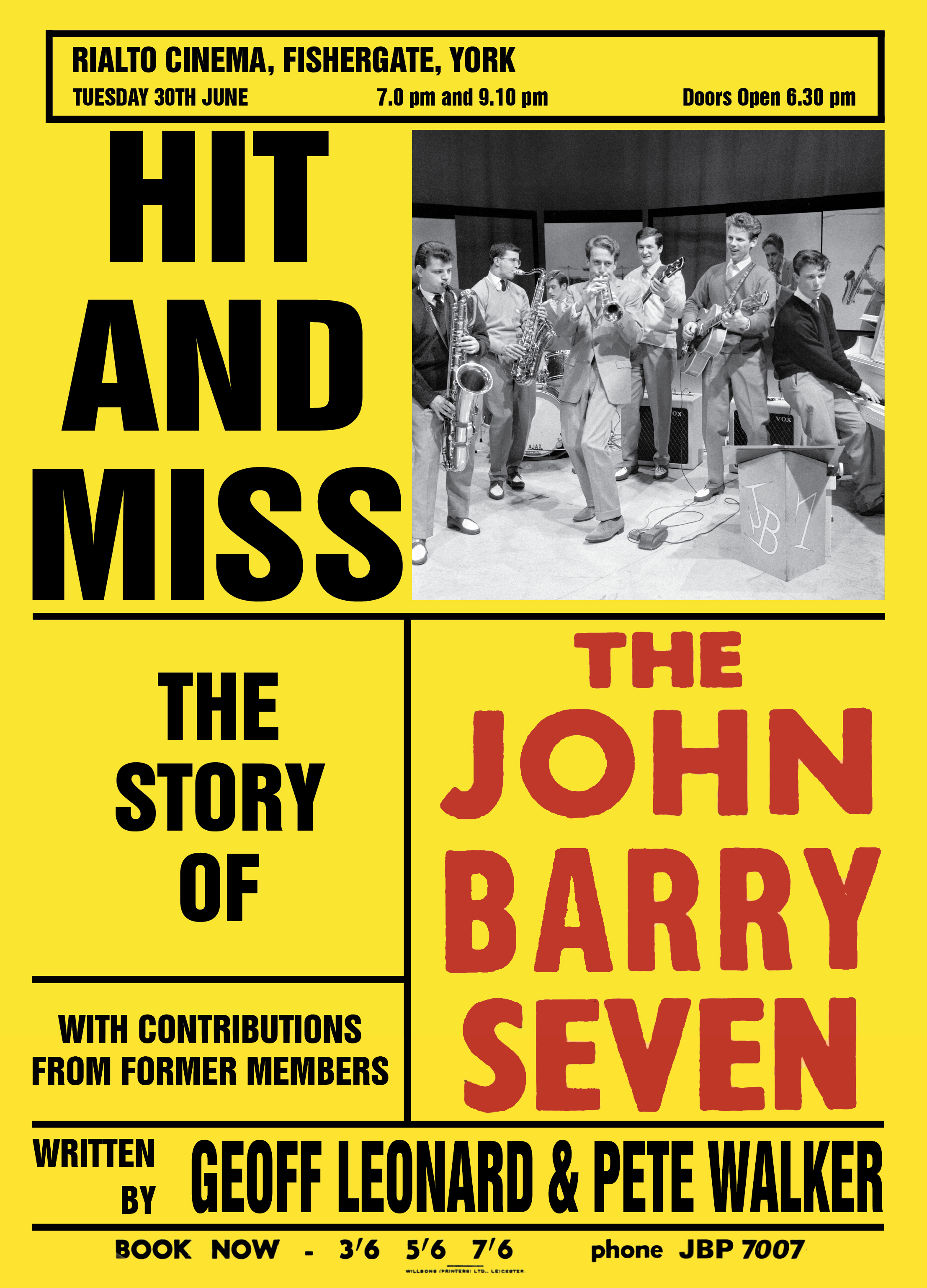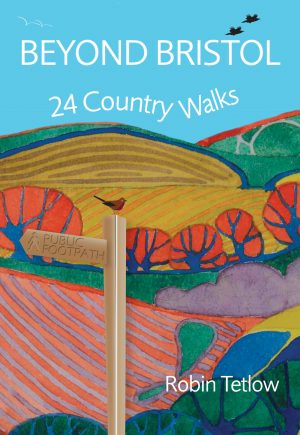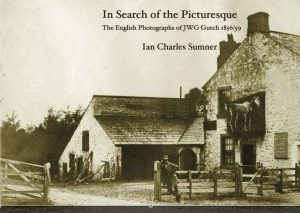Description
In 2017, one notable musical anniversary passed by without so much as a whisper: the 60th year since the formation and launch of The John Barry Seven. To celebrate the occasion, Hit and Miss: The Story of The John Barry Seven aims to redress the balance by presenting an in-depth examination of the band’s lengthy and remarkable history.
Set against the backdrop of a rapidly changing music scene, the book relates how the Seven would eventually find a niche for itself as one of the UK’s most popular guitar-based instrumental outfits during the early sixties, second only to The Shadows in terms of sales and status.
Leader and figurehead, John Barry, was to emerge as the UK’s most eminent film composer. Here is an opportunity to discover exactly how he reached this position by way of a thorough dissection of his early years throughout which he was to rely heavily on a steady influx of talented musicians, all of whom feature prominently within the pages of the text.
Also included are numerous personal anecdotes from past members across the full spectrum of the band’s eight-year existence. Tales of an often perilous life on the road are recounted as well as first-hand accounts of appearing with and/or backing the UK’s earliest generation of pop idols: Tommy Steele, Jackie Dennis, Marty Wilde and, in particular, Adam Faith, whose career was inextricably linked to the Seven’s.
Covered in depth also are the numerous recording sessions undertaken for EMI’s Parlophone and Columbia labels at Abbey Road Studios, plus precisely how the band faced up to the challenge posited by the emerging beat group phenomenon. Read how the stellar careers of both John Barry and Les Reed were shaped by being in the band, alongside many of the other musicians who passed through it. In some ways, being a member of the JB7 was a passport towards a career as a top session player.
Scattered throughout are a plethora of photographs that illustrate the various line-ups of the band; on-stage concert and tour images; concert programmes and posters; record sleeves; a selection of band-related adverts from the period, together with several historic documents, some of them written by John Barry, himself. A postscript reveals what happened to the various members of the Seven once they left, outlining the diverse musical directions subsequently taken.
All the foregoing is complemented by a running overview of the UK’s evolving musical landscape during a period of unparalleled transition, thereby making the book an essential reference point for enthusiasts and music historians alike.




